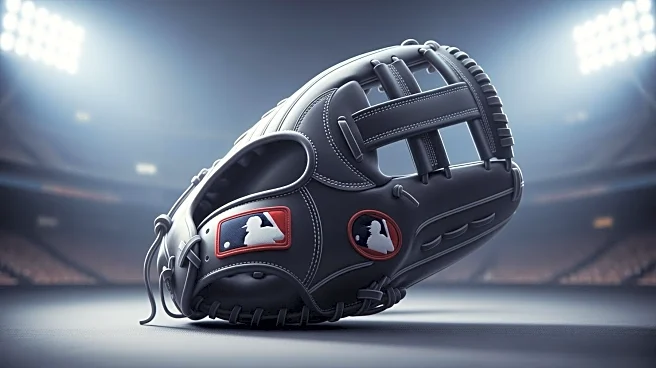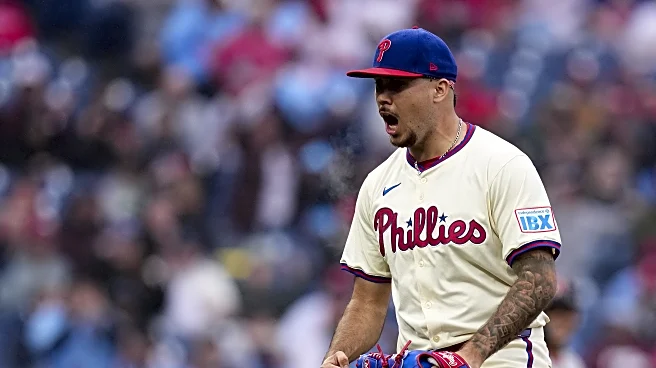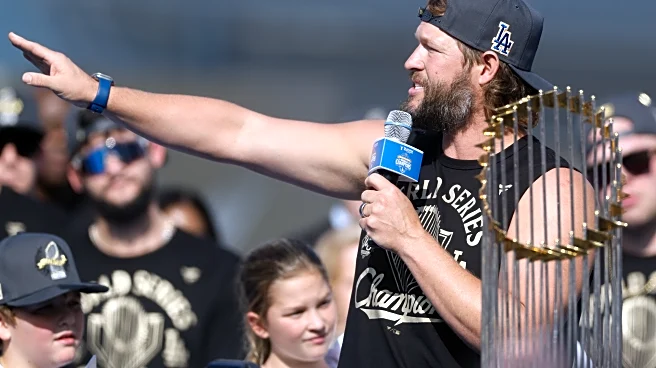There are times when people can recognize a flaw in a roster. Some are easier to spot when considering the team, like “the Pirates need hitting”. The most common one that people point to is usually “not enough pitching” without really specifying what pitching is needed. It’s a catch-all phrase that really works in any situation. Other flaws can be “not enough power”, “chases too much” or “bad defense”. These are pretty easy to see with both data and the eye test on hand. But for the most part, people really wish
their team had more pitching.
The Phillies could use more pitching.
In Game 1 of this year’s NLDS against the Dodgers, the Phillies faced a decision. Cristopher Sanchez was tiring and needed someone to come in and help. Enrique Hernandez had just doubled in two runs to bring Los Angeles within one run, so Rob Thomson trotted to the mound and brought in David Robertson. Robertson got out of the inning, but came back out to start the seventh inning. We all know what happened next: he was unable to record an out, Matt Strahm came in and got two big outs before allowing the eventual game winner to Teoscar Hernandez, a pitch that potentially changed the series.
What in the world does this have to do with the team’s need for relief pitching?
One of the things that the Phillies have not been good at is developing their own relief pitching. It’s a mistake that they have tried to paper over these past few years with a combination of trades, waiver claims and revised drafting strategy. Thanks to that, we have rolled through disappointments like Corey Knebel, Joe Ross and Jordan Romano. This strategy is fine, but it also costs money. These three alone cost the team near $25 million in guaranteed money, money that could have been better spent in those respective seasons. They were lucky enough to make the postseason in each of those seasons, but a better way to go about this is to simply make your own.
The team seemed to acknowledge this issue a bit during this past draft. During this past amateur draft, they took pitchers with 14 of their 20 draft picks, clearly aiming to restock their system with arms that can help in a pinch if needed. How can we guess this? If one were to go back and review the available scouting report on the pitchers taken, there is some kind of variation of “future reliever” in their descriptions. While that can be said of pretty much every amateur pitcher coming out of college or high school, thanks to different degrees of variance in their development, it was noted at the time by several sources online that there seemed to be a clear strategy of stocking the upper minors with near big league ready relief arms.
It’s a good thing.
We’ve all seen the price tags of relievers going higher and higher with each round of free agency. That can be due to one player setting a market and another using it as a way to set his own market, but as teams rely more and more on their bullpen to help win games, it’s becoming more and more imperative that said teams draft and develop their own relievers to help supplement the big league bullpen. The acknowledgement of the team this past draft that this is something they need to improve is a step in the right direction, but one has to wonder a bit if it’s a small case of “too little, too late”. As of now, their projected bullpen includes names like Daniel Robert, Max Lazar, Nolan Hoffman and Seth Johnson. That’s clearly not going to be good enough to get through a season, but it’s fine as depth. They will undoubtedly make changes to this group, adding some players via free agency and/or trade, but it also highlights the situation the team is in. Had they realized they weren’t getting enough from their minor league system a bit earlier in this playoff appearance cycle, maybe they wouldn’t have to be dedicating resources to it. Maybe whatever money they did use could have been spent on a different free agent hitter. It’s easy to have 20/20 hindsight when it comes to this part of roster construction, but it’s offseasons like this where it becomes rather stark.
Is this worrying too much about a wart on the roster that the team is trying to fix? Maybe. But when you see teams like the Phillies trying to improve while staying within the limits of a (self-imposed) budget, it’s these cost saving measures, like developing relief pitching or better options off of the bench, that could help the team improve greatly in some areas because they are saving in others.
They’ll get there.
Someday.















